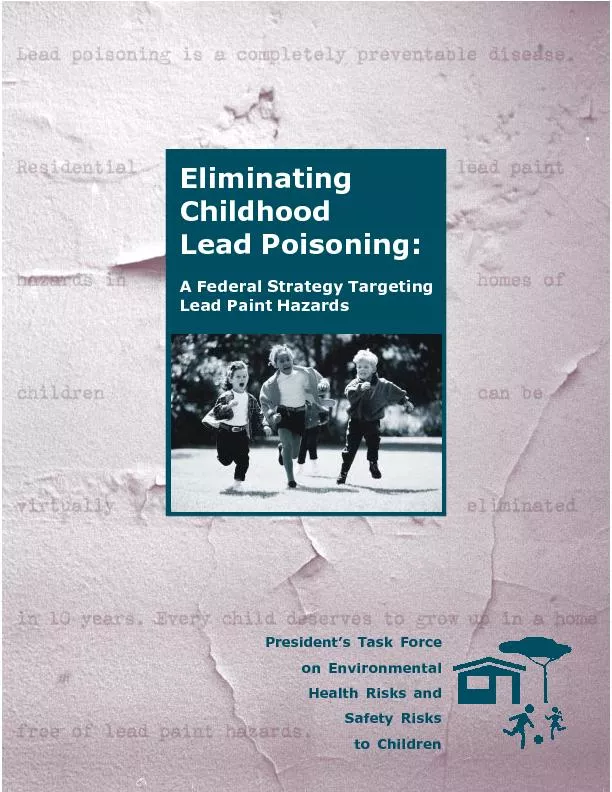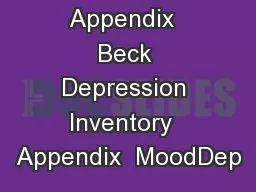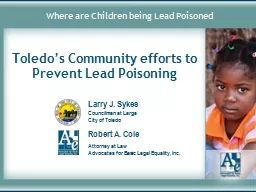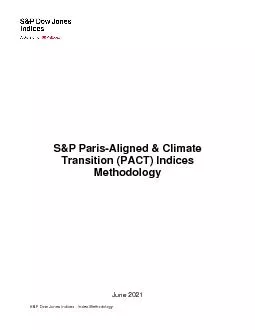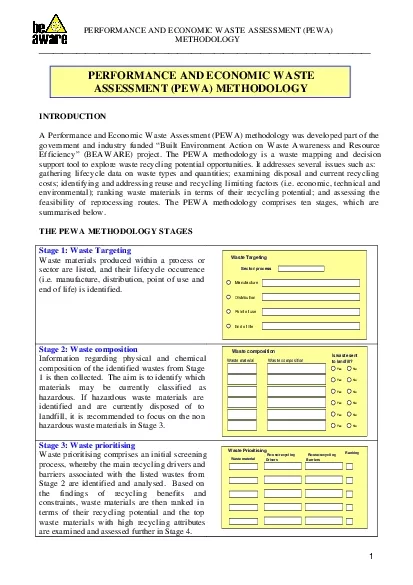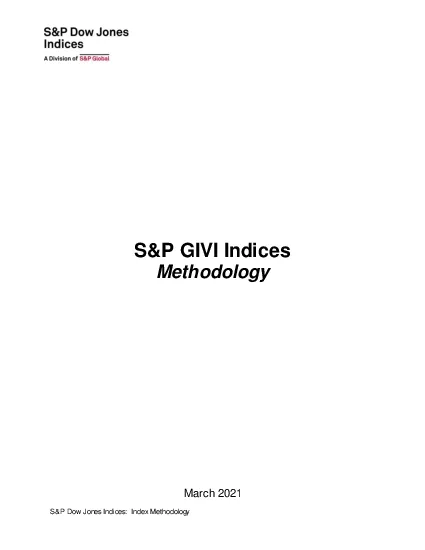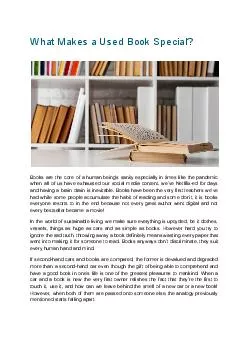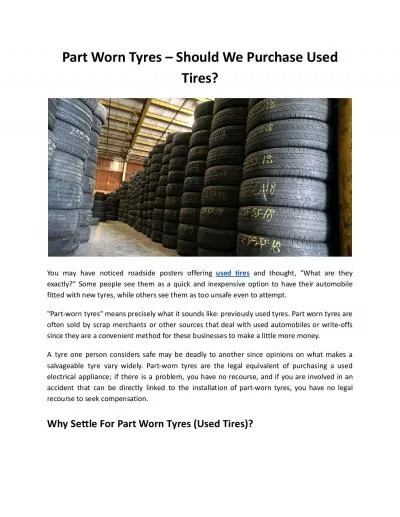PDF-Appendix: Methodology Used to Project Numbers of Lead Poisoned Childr
Author : liane-varnes | Published Date : 2016-12-02
Appendix Methodology Used to Project Numbers of Lead Poisoned Children and Trends in the American Housing Stock 20002010 Table 26 summarizes the total costs health
Presentation Embed Code
Download Presentation
Download Presentation The PPT/PDF document "Appendix: Methodology Used to Project N..." is the property of its rightful owner. Permission is granted to download and print the materials on this website for personal, non-commercial use only, and to display it on your personal computer provided you do not modify the materials and that you retain all copyright notices contained in the materials. By downloading content from our website, you accept the terms of this agreement.
Appendix: Methodology Used to Project Numbers of Lead Poisoned Childr: Transcript
Download Rules Of Document
"Appendix: Methodology Used to Project Numbers of Lead Poisoned Childr"The content belongs to its owner. You may download and print it for personal use, without modification, and keep all copyright notices. By downloading, you agree to these terms.
Related Documents

